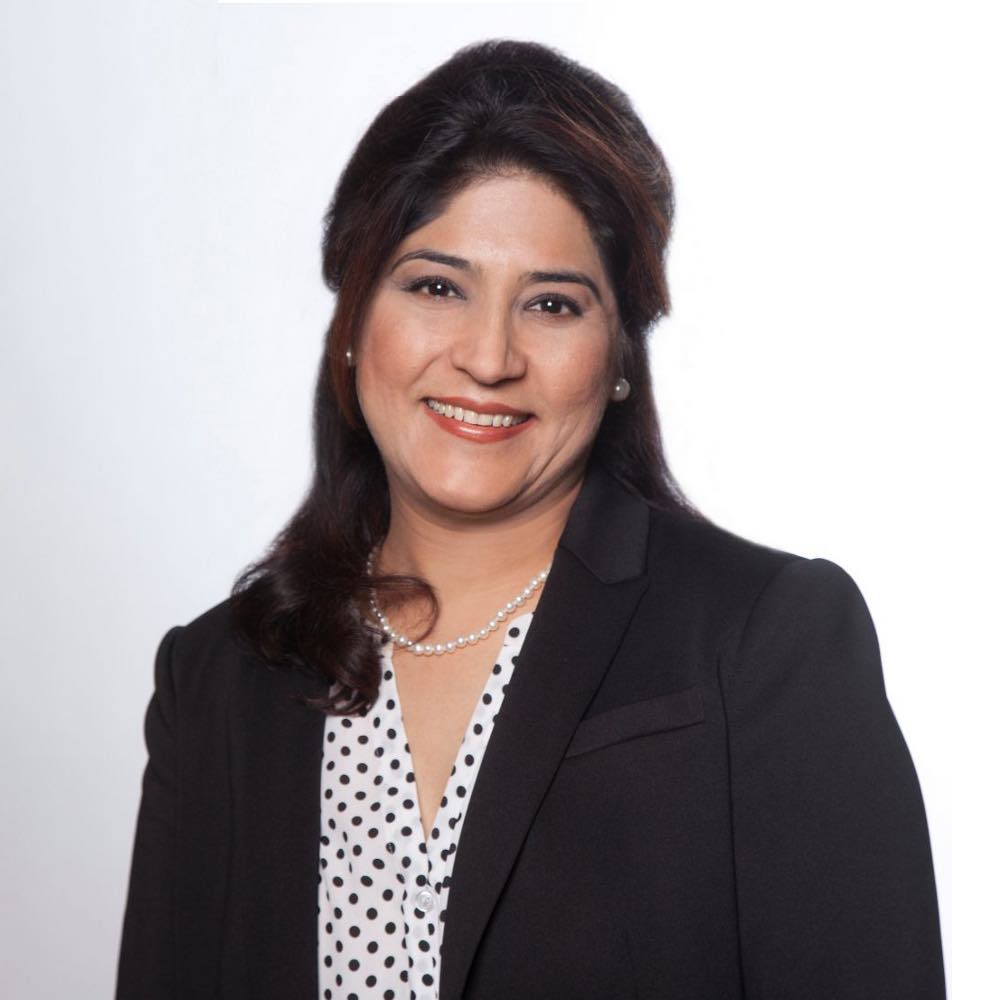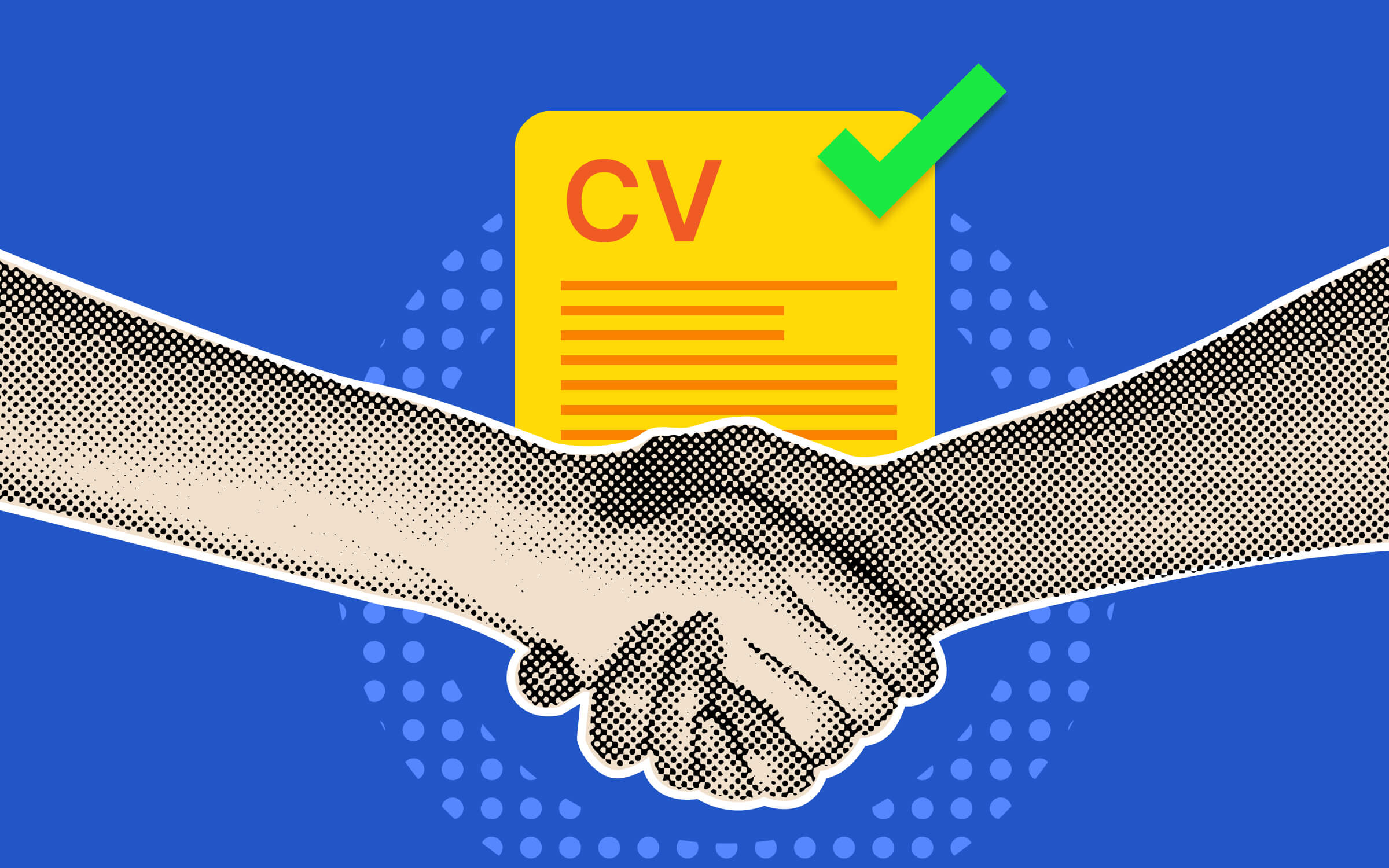Often, employee feedback is gathered in surveys — sent into what feels like a void, never to be seen or brought up again. However, at University of California Davis Health, team members will receive a response within 48 hours from a senior executive at the organization.
“We launched [this program] in 2021, and it’s called Help Make Us Better,” says Ekta Vyas, deputy chief human resources officer of UC Davis Health. “The primary reason for strengthening employee voice is because you want to know what employees are feeling, what they’re seeing. You don’t want that disconnect.”
According to Vyas, submissions turn into conversations among the leadership team, not “one-time closure.” Common questions and challenges can be addressed through policy changes. For example, Vyas said that long meetings were one point of contention for employees.
In response, the organization has changed its standard meeting length. Instead of hour-long gatherings, teams meet for 50 minutes, giving employees 10 minutes back in their schedules. Short meetings have been shortened by five minutes, and are now scheduled for 25 minutes total.
“This is a way to emphasize and remind everybody that if you make a conscious effort and a deliberate effort, you can still have meaningful conversation [in less time] and get what you need from the conversation,” Vyas says.
During a conversation with Senior Executive Media, Vyas shared other tips for measuring employee voice and culture at an organization. Read the edited transcript below.

“The best way to understand your culture is first to hear the employee voice. How many channels can you implement to hear from the employees?”
Ekta Vyas, Deputy Chief Human Resources Officer of UC Davis Health
Senior Executive Media: What’s the first step in understanding your organization’s culture?
Ekta Vyas: Of all the measurements in HR or for an organization, culture is the most difficult to measure. The reason is, because culture is felt. If you take the example of an iceberg, a lot of what you call culture is underneath. It’s the shared assumptions, the shared beliefs — and most of that has shifted [in recent years]…
The best way to understand your culture is first to hear the employee voice. How many channels can you implement to hear from the employees? It’s your surveys. It’s your check-in [meetings]. Are you creating new ways, new channels, new portals to seek employee feedback?
The other thing I’m going to say is really understanding leaders. More often than not, if leaders are very prompt, and they’re proactive in communicating with their workforce, they have a direct way of getting feedback, they really don’t have to wait for these surveys to be launched. They can hear direct feedback from employees. … That’s your opportunity as a leader to influence the culture.
Senior Executive Media: Your team has been doing a lot to combat burnout. Can you tell us about some of the wellness programs and initiatives that your team has worked on?
Ekta Vyas: We have counselors that people can go to for confidential counseling, if they’re undergoing some kind of challenging situation at work or they’re undergoing a challenging situation at home, or if it’s a mix of both. ASAP provides those services internally at UC Davis [Health].… During the pandemic…there were a lot of resources for resilience. There were a lot of resources for spiritual well-being [including virtual yoga and meditation courses]. There were a lot of resources training from a diversity, equity, inclusion perspective — including healing circles. … I would highlight occupational well-being as well. And by occupational well-being, I mean not just job security, but how much growth can you see in your job, how many developmental opportunities you get and how much training you get. And I think that’s another big thing that we do.
Senior Executive Media: Do you have any tips for running wellness initiatives?
Ekta Vyas: There are two important things that organizations need to understand when it comes to wellness initiatives… One is to remind employees that the primary person to control their own wellness is themselves. We can only offer those resources. It’s up to you to leverage those resources. Leadership plays a role by allowing the time. There’s an obligation that an organization has, but a lot of our wellness and our work mostly depends on us on how we manage ourselves.
The other thing I would say on wellness is internal communication. As large an organization as we are, if your wellness programs don’t get well-communicated to your employees, that can be a little challenging if they don’t know about it. So emphasizing more and more on communicating what [initiatives] you’ve put in place, and then constantly measuring. What’s the utilization? How can you increase the utilization?






